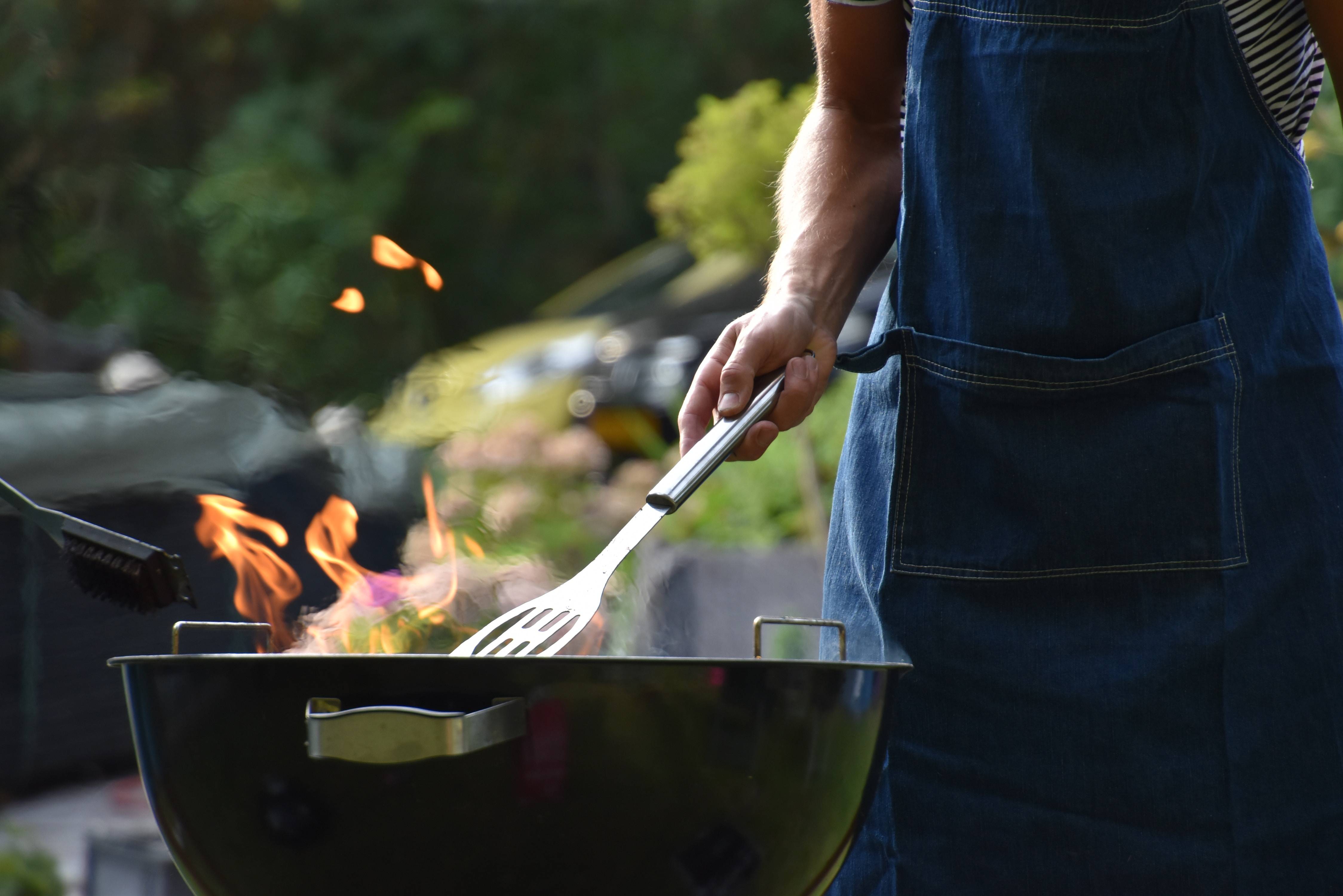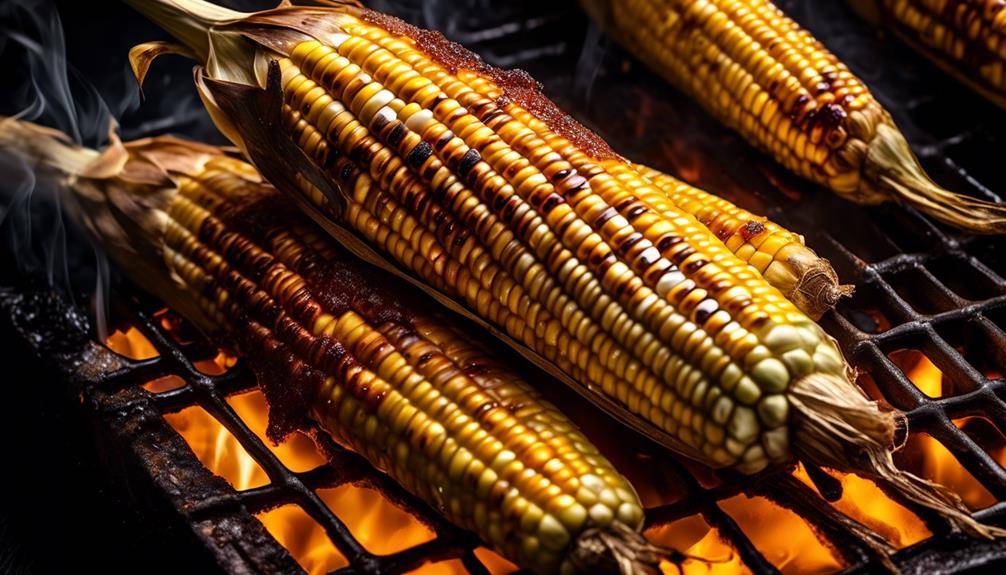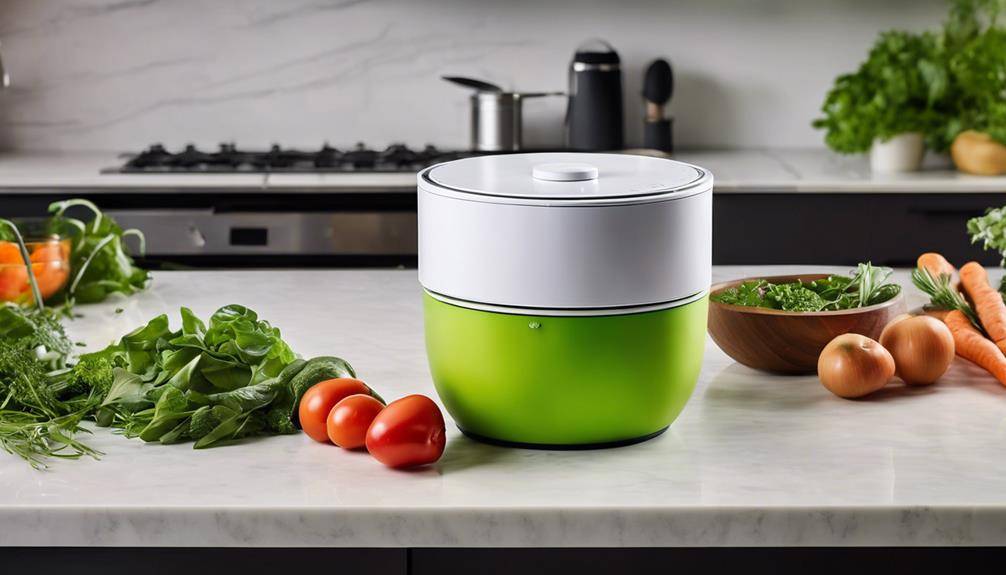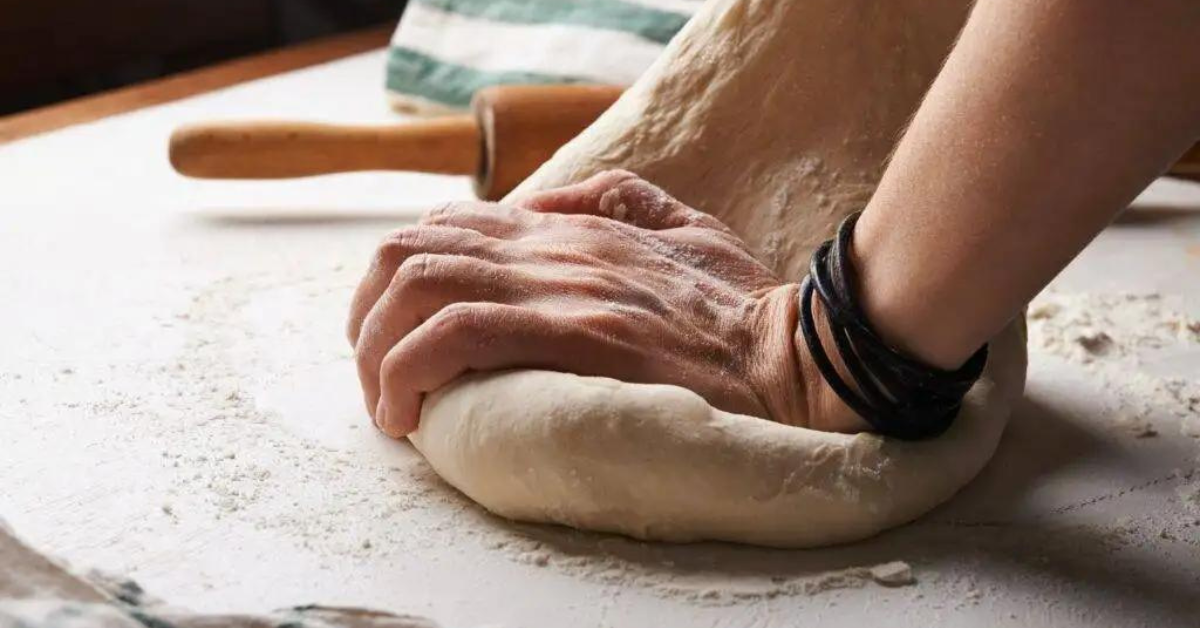The Amazing Peking Duck: China’s Imperial Cuisine

Embark on a gastronomic journey through the rich history and exquisite flavors of Peking Duck, a renowned dish that traces its roots to ancient China. This iconic culinary masterpiece has evolved over centuries, captivating palates and earning its place as a symbol of Chinese culinary excellence.
Origins in Imperial China: A Regal Culinary Heritage
Peking Duck’s illustrious journey begins in the imperial kitchens of ancient China, specifically during the Yuan Dynasty (1271–1368) and later perfected in the Ming Dynasty (1368–1644). The dish was cherished among the elite, favored by emperors and their courts for its exceptional taste and meticulous preparation.
This culinary masterpiece was initially known as “shāo yāzi” (燒鴨子) in Chinese, translating to “roast duck.” The dish’s evolution into Peking Duck is intertwined with the Ming Dynasty, where a more refined preparation method emerged. The duck was seasoned, air-dried, and roasted until the skin achieved a crispy, golden perfection. This meticulous process not only elevated the flavor but also created the iconic crispy skin that remains a hallmark of Peking Duck today.
The significance of Peking Duck continued into the Qing Dynasty (1644–1912), where it reached the pinnacle of its fame. The dish symbolized prosperity and luxury, becoming a centerpiece of imperial feasts. As time progressed, Peking Duck transcended the imperial courts, making its way to restaurants and homes, solidifying its place as a symbol of Chinese culinary excellence.
Traditional Preparation Techniques: Crafting Culinary Perfection
The preparation of Peking Duck is a meticulously orchestrated culinary performance, and its traditional techniques are the heart of its exquisite flavor and presentation.
Selection of Ducks: The process begins with the careful selection of ducks, with an emphasis on specific breeds. Peking Duck is traditionally made using Pekin ducks, known for their tender meat and thin skin. The ducks are raised in a controlled environment to ensure the desired quality.
Seasoning and Air-Drying: One of the critical steps in Peking Duck’s preparation is the seasoning and air-drying phase. The duck is meticulously cleaned, and a blend of soy sauce, maltose syrup, and other seasonings is applied both inside and outside. After seasoning, the duck is left to air-dry. This step is crucial in achieving the coveted crispy skin, as the drying process helps remove excess moisture.
Roasting in Wood-fired Ovens: The traditional method involves roasting the seasoned and dried duck in wood-fired ovens. These ovens contribute a unique smokiness and depth of flavor to the dish. The ducks are hung in the oven, allowing them to roast evenly, with the fat dripping away and leaving behind a crispy exterior.
Presentation Artistry: Serving Peking Duck is an art form in itself. The roasted duck is traditionally carved tableside by skilled chefs, ensuring that each slice includes both succulent meat and a layer of crispy skin. The slices are often served with thin pancakes, hoisin sauce, and finely sliced scallions, allowing diners to assemble their own delectable wraps.
These traditional preparation techniques have been passed down through generations, preserving the authenticity and excellence of Peking Duck as a culinary masterpiece.
Cultural Significance: A Symbol of Tradition and Celebration
Peking Duck goes beyond being a delightful culinary experience; it holds profound cultural significance in Chinese history and is intertwined with traditions and celebrations.
Imperial Roots: The roots trace back to the imperial kitchens of ancient China, specifically during the Yuan Dynasty (1271–1368). Initially, it was a dish reserved for the imperial court, known for its sumptuous taste and meticulous preparation. Over time, its popularity transcended palace walls and became a beloved dish for the general populace.
Festive Occasions: Peking Duck is often associated with celebrations and important occasions in Chinese culture. Its presence on the dining table symbolizes joy, abundance, and prosperity. It is a common choice for festive gatherings, weddings, and other momentous events, where the act of sharing this exquisite dish enhances the communal spirit.
Rituals of Enjoyment: Serving and consuming Peking Duck have ceremonial aspects. The carving of the duck at the table is a skillful performance, and each step, from assembling the pancake to adding condiments, is part of the ritual. This ritualistic approach not only enhances the dining experience but also adds an element of cultural reverence to the act of enjoying this iconic dish.
Culinary Heritage: Peking Duck is a testament to China’s rich culinary heritage. It represents the meticulous techniques and attention to detail that characterize Chinese gastronomy. The dish’s enduring popularity showcases how cultural traditions are passed down through generations, connecting the past with the present.
Peking Duck’s cultural significance extends beyond its gastronomic appeal, making it a cherished symbol of tradition, celebration, and the enduring spirit of Chinese culinary artistry.
Global Influence:
Over time, Peking Duck has gained international acclaim, becoming a beloved dish worldwide. Restaurants beyond China’s borders have embraced the meticulous preparation techniques, ensuring that enthusiasts globally can savor the authentic taste of this Chinese delicacy.
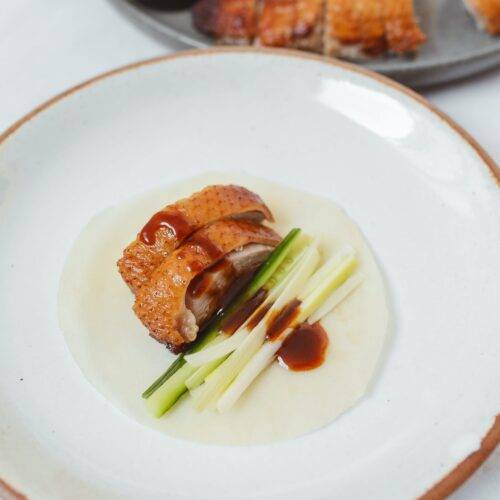
Peking Duck
Ingredients
- 1 whole duck approximately 5-6 pounds
- 2 tablespoons honey
- 2 tablespoons soy sauce
- 1 tablespoon hoisin sauce
- 1 tablespoon Shaoxing wine Chinese rice wine
- 1 teaspoon five-spice powder
- 1 teaspoon salt
- 1 teaspoon sugar
- 4 cups boiling water
- Ice cubes
- For Pancakes:
- 2 cups all-purpose flour
- 1 cup boiling water
- Sesame oil for brushing
- For Serving:
- Thinly sliced green onions
- Julienned cucumber
- Hoisin sauce
Instructions
- Preparing the Duck:
- Clean the duck thoroughly and remove any excess fat. Pat it dry with paper towels.
- In a small bowl, mix honey, soy sauce, hoisin sauce, Shaoxing wine, five-spice powder, salt, and sugar to create the marinade.
- Use a brush to apply the marinade evenly over the duck, including the cavity. Allow the duck to marinate for at least 2 hours or overnight in the refrigerator.
- Air-Drying the Duck:
- Preheat the oven to 350°F (180°C).
- Hang the duck in a cool, dry place for about 4-6 hours or overnight to air-dry. This step helps achieve a crispy skin.
- Roasting the Duck:
- Preheat the oven to 375°F (190°C).
- Place the duck on a roasting rack in a baking pan.
- Pour boiling water over the duck to tighten the skin.
- Roast the duck for about 45 minutes. Rotate the duck and roast for an additional 45 minutes or until the skin is crispy and golden brown.
- Preparing the Pancakes:
- In a bowl, gradually add boiling water to the flour while stirring until a dough forms.
- Knead the dough on a floured surface until smooth. Cover and let it rest for 30 minutes.
- Roll the dough into a log and cut it into small portions. Roll each portion into a ball.
- Flatten each ball into a thin pancake shape.
- Heat a pan over medium heat and cook each pancake for about 1-2 minutes on each side. Brush with sesame oil.
- Serving:
- Carve the crispy duck into thin slices.
- Serve the duck slices on the homemade pancakes.
- Add a dollop of hoisin sauce on each pancake.
- Top with sliced green onions and julienned cucumber.
- Roll the pancake and enjoy this delicious Peking Duck!
Modern Innovations:
While the traditional method remains cherished, modern chefs continue to innovate, offering variations of Peking Duck to suit contemporary tastes. Some present it in rolls or sandwiches, blending the classic flavors with new and exciting culinary trends.
Conclusion: Peking Duck
In concluding our exploration of China’s Peking Duck, it’s evident that this dish is not just a meal; it’s a cultural ambassador, a testament to culinary expertise, and a symbol of Chinese pride. Whether enjoyed in the heart of Beijing or savored in international kitchens, Peking Duck invites us to appreciate the artistry and heritage woven into every flavorful bite. Join us as we unravel the layers of history and taste that make Peking Duck an enduring masterpiece in Chinese cuisine.





